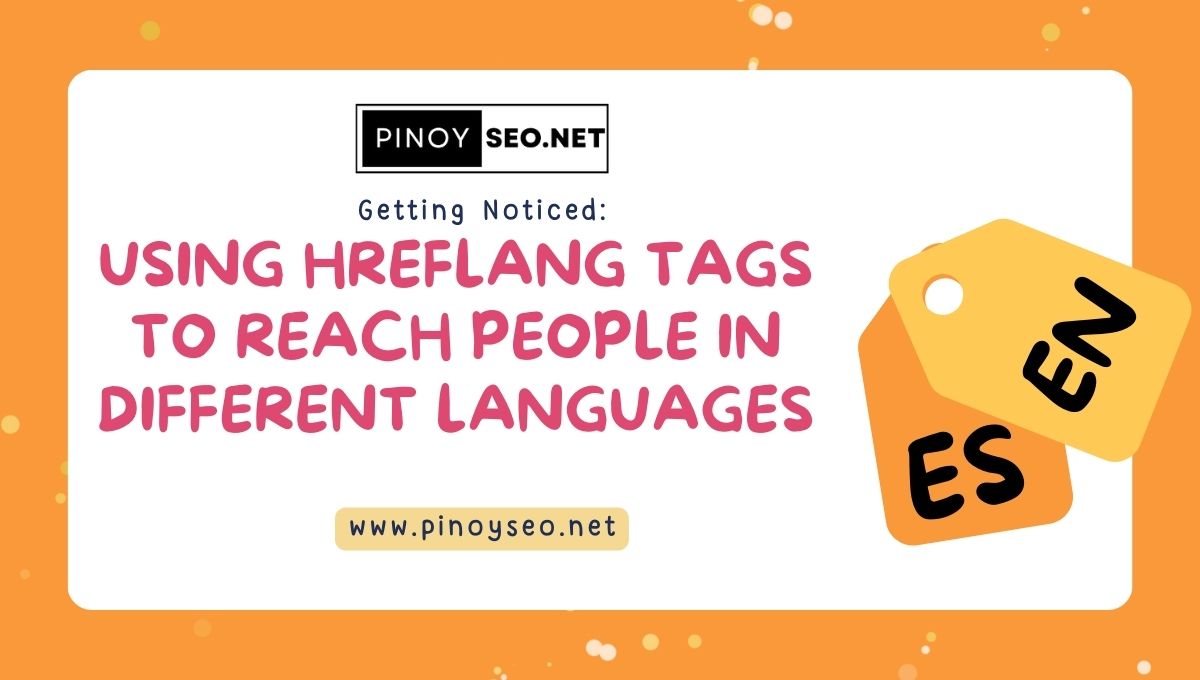In the intricate realm of search engine optimization (SEO), where every element plays a vital role, internal linking emerges as a formidable ally. The power of internal links extends beyond mere navigation, weaving a web of interconnectedness that enhances user experience and boosts your site’s SEO prowess. In this article, we delve into the art and science of internal linking, unraveling strategies that can elevate both your site’s navigation and its search engine rankings.
The Backbone of Site Navigation
* Understanding Internal Links
At the heart of every website lies a network of internal links. These are the pathways that guide users from one page to another within the same domain. While external links connect your site to the wider web, internal links create a cohesive ecosystem, enabling users to explore your content seamlessly.
* The Dual Benefits of Internal Links
Internal links serve a dual purpose. Firstly, they aid site navigation, allowing users to effortlessly move from one page to another. Secondly, and just as importantly, internal links contribute to SEO optimization by distributing link equity, also known as PageRank, across various pages on your site. This distribution enhances the visibility and authority of individual pages in the eyes of search engines.
Crafting Effective Internal Linking Strategies
* The Art of Contextual Linking
Contextual linking involves embedding relevant internal links within the content itself. For instance, if you’re discussing a topic related to digital marketing, you can seamlessly insert a link to a comprehensive guide on the same subject. Contextual links not only provide additional value to the reader but also guide them to explore related topics.
* The Power of Anchor Text
Anchor text, the visible and clickable part of a link, carries significance in internal linking. Instead of using generic terms like “click here,” opt for descriptive anchor text that indicates the destination page’s content. This practice not only improves user experience but also offers search engines context about the linked page’s subject matter.
Enhancing User Experience and SEO
* Hierarchical Structure and Site Architecture
Adopting a clear and logical site structure is pivotal for both users and search engines. Categorize content into relevant sections and ensure that related pages are grouped together. Internal links between these related pages enhance navigation while reinforcing the topical relevance of your content.
* Breadcrumbs and User-Friendly Trails
Breadcrumbs provide users with a navigational trail, illustrating their current position within your site’s hierarchy. This not only aids navigation but also strengthens the internal linking network. When users click on these breadcrumbs, they’re presented with additional internal links that lead to higher-level pages or related content.
SEO Optimization Through Internal Links
* The Journey of Link Equity
As users click on internal links and explore your site, they inadvertently distribute link equity. Pages with more internal links receive a higher share of this equity, consequently boosting their SEO value. By strategically linking from high-authority pages to pages you want to rank, you can influence how search engines perceive the importance of specific content.
* Minimizing Orphaned Pages
Orphaned pages, those without any internal links pointing to them, risk languishing in obscurity. A solid internal linking strategy ensures that each page is part of the web, allowing users and search engines to discover and appreciate your entire content ecosystem.
The Ongoing Optimization Process
* Monitoring and Refinement
Internal linking is not a one-time endeavor; it’s an ongoing process. Regularly audit your internal links to ensure they are functional, relevant, and aligned with your content’s evolving landscape. This practice not only enhances user experience but also maintains the SEO integrity of your site.
Mastering Internal Linking for a Seamless Journey
A Fusion of Navigation and SEO
Internal linking isn’t a mere technical aspect; it’s the fusion of site navigation and SEO optimization. By strategically connecting the dots within your content, you create a seamless journey for users while empowering your site’s search engine visibility.
Unlock the potential of internal links as bridges that unite your content, enhancing navigation and driving SEO success. As you master the art of internal linking, you’ll pave the way for users to explore your digital domain effortlessly, and search engines to recognize and reward your site’s authority and relevance.


